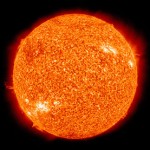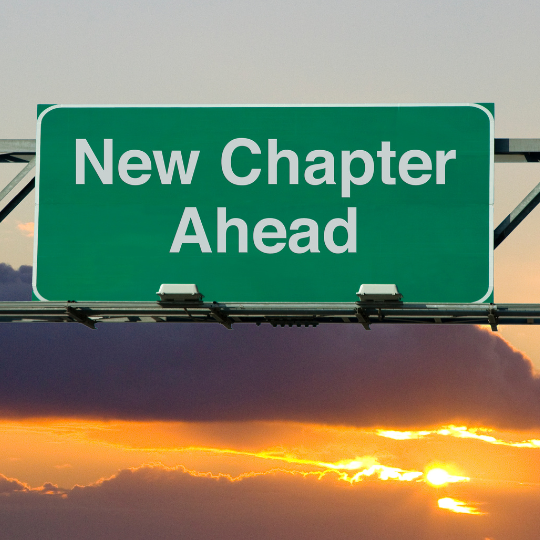Sungazing: Revisiting and Clarifying
In a recent comment, a reader noted some concern with my potentially negative review of sungazing as a means of cultivating personal energy stores. I think some clarification is in order.
I love the sun. I generally follow the day-night cycle such that I am up before the dawn and head off to bed not long after sunset (optimizing for 7.5-8 hours of sleep). I watch as many of the sunrises and sunsets as my schedule permits. And I spend no small amount of those sunrises and sunsets consciously looking towards the solar disc.
There is a caveat here, a consideration, that I realized should be given some attention. When I’m looking at the sun, I’m looking at it with slightly averted vision. Even when the sun is obviously within my field of view, I am absolutely not centring the disc in my gaze. To do so, in my opinion, invites damage.
When the sun is off-centre from one’s visual axis, the intensity of its rays is diminished by virtue of the sun’s disc falling outside of the primary focal region at the back of the eye. The principle manner of knowing whether you’re viewing too close to centre is to note the presence of after-images. If you’re seeing after-images of the solar disc after viewing the sun for any length of time, you’re risking permanent damage to your eyesight!
There is a lot of misinformation on the internet. Some sites make the fantastic and incorrect claim that there is 0 UV radiation that reaches the eye when sungazing 45 minutes after sunrise or 45 minutes after sunset. This is not only wrong, it is ridiculous. UV radiation always reaches the eye at any time during daylight hours, even on a cloudy day. There is no time during which the sun is above the horizon that no UV radiation is reaching us.
The fact that UV radiation is always present is of vital importance. UV and infrared radiation can be tremendously damaging to the eye. It is possible to sunburn the tissues inside the eye, called photokeratitis. Photokeratitis damage is usually healed within ~36 hours, but (as with all sunburns) damage to DNA can be cumulative and result in problems later in life. It’s best to avoid the condition in the first place.
More severe than simple sunburns, solar retinopathy is the condition of the sensitive cells at the back of the eyeball having damage. These cells are the ones that transmit the images we see to the brain. And these are the cells that I have been suggesting we protect by ensuring any glimpses of the sun we have are done with averted vision. Solar retinopathy can be permanent.
Extreme photostimulus of the eye cells and optic nerve results in a flood of chemicals in the eye and a change, sometimes permanent, of the chemical signalling that is so vital to our vision. It is, therefore, essential that we protect these cells. Failure to do so can result in cataracts, macular degeneration and, in worst cases, permanent blindness.
During solar eclipse events, it might be tempting to try to view the corona and diamond ring without eye protection, but the flood of UV radiation reaching the earth even during a full eclipse is enough to fry your eyes’ rods and cones with prolonged exposure. Just don’t do it. Use arc welder glass or, even better, visual-grade astronomical solar filters for viewing such events. Astronomy stores will often sell eclipse glasses for a reasonable price. Use them.
Assuming one is completely careful at viewing the sun at any time of day and, therefore, is adequately preventing any damage to the eyes, there is still sound reason for sungazing during the peak sunlight hours when the sun is near zenith: UVA radiation causes a measurably greater inflammatory response in the skin and eyeball than does UVB.
During classical sungazing near sunrise and sunset, the vast majority of the UV radiation reaching the ground is UVA. While the sun is below ~35 degrees of elevation from the horizon, most of the UVB wavelengths are filtered out due to atmospheric effects and never reach the ground. This means that prolonged sun exposure during mornings and evenings are most likely to cause an inflammatory response in the body.
When the sun is near its zenith, the ratio of UVB to UVA is the highest. UVB causes a much lower inflammatory response in both skin and cells within the eye, which means that lumen for lumen, sun exposure during the peak hours is most healthful. PLUS: It is UVB that triggers the body to produce Vitamin D, one of our most essential steroid hormones.
If you want to be healthful, take your sun during the peak hours when the sun is highest in the sky. Avoid centring the sun’s disc in your vision at any time. Furtive glances are best. When the peak hours are upon us on a clear day, it’s best to avoid looking directly at the sun at all. Contrary to what a bunch of ‘net gurus would have you believe, it simply is unnecessary and is potentially dangerous to stare at the sun.
If you open your palms toward the sun and imagine taking in that energy, I think you’ll find it to be a rather pleasant experience. I know I do.
Edited to add ‘visual-grade’ to the description of astronomical solar filters. Some filters are intended only for use with photography equipment and are unsuitable for visual observing of the sun.




Leave a Reply